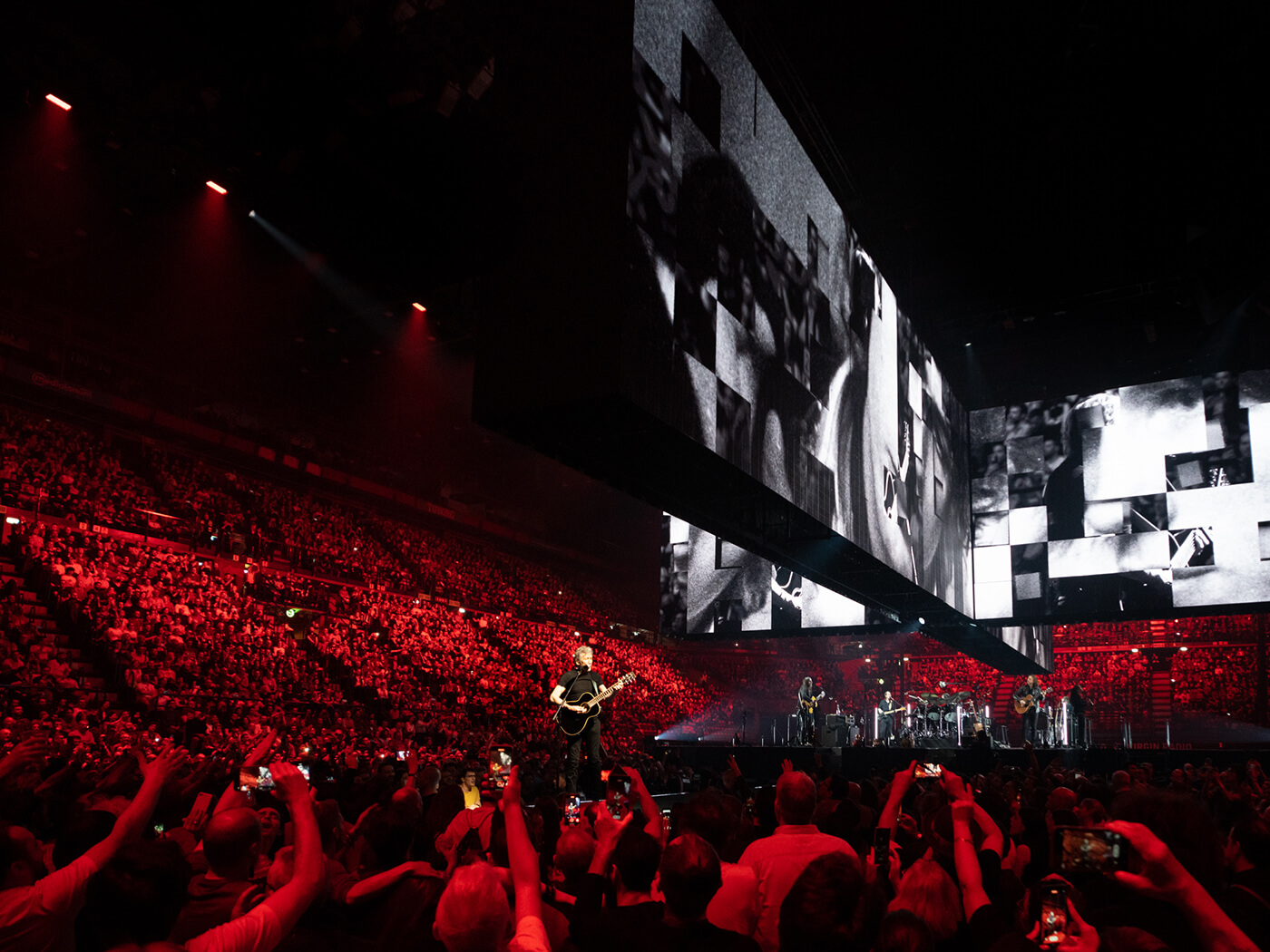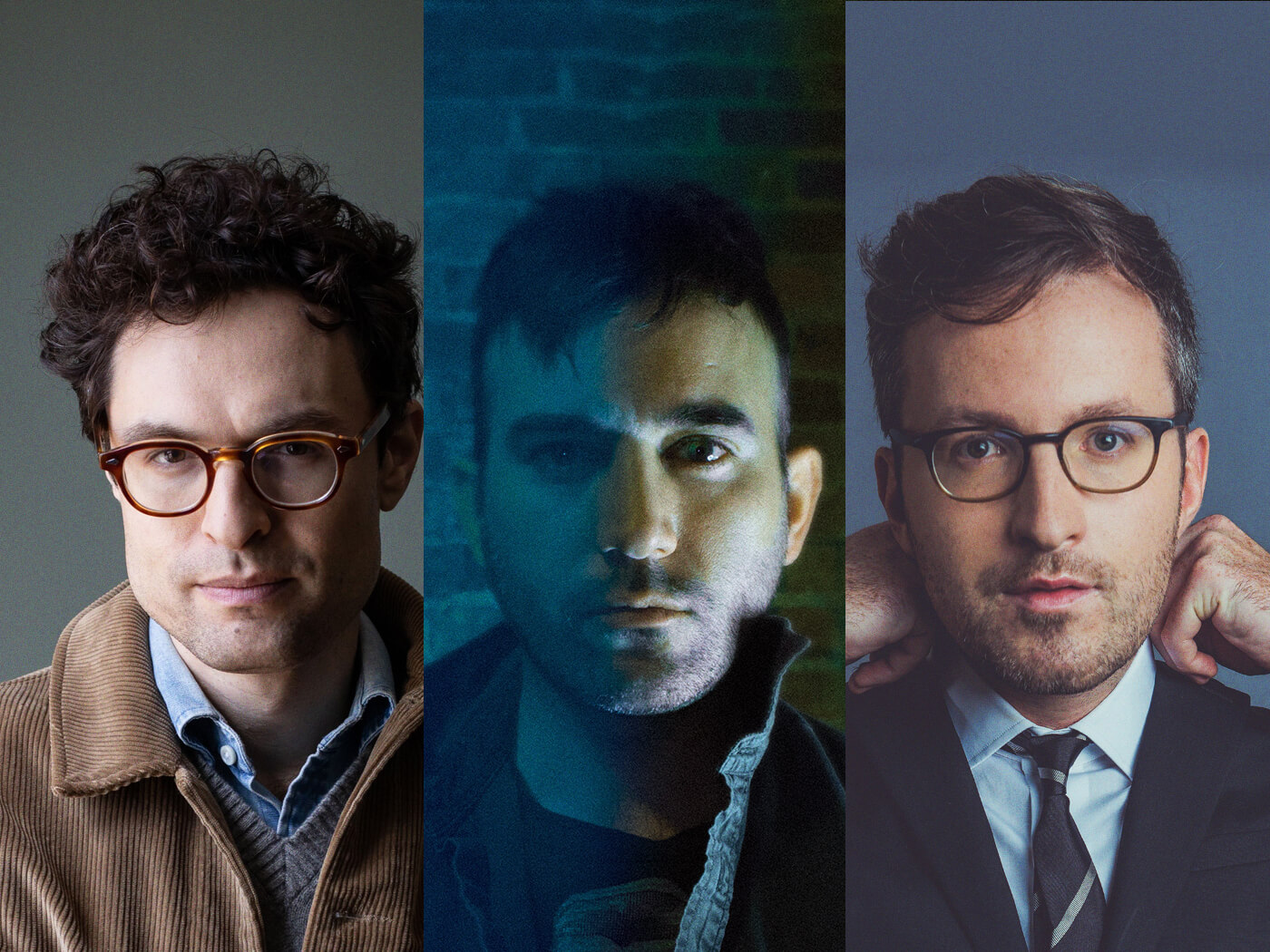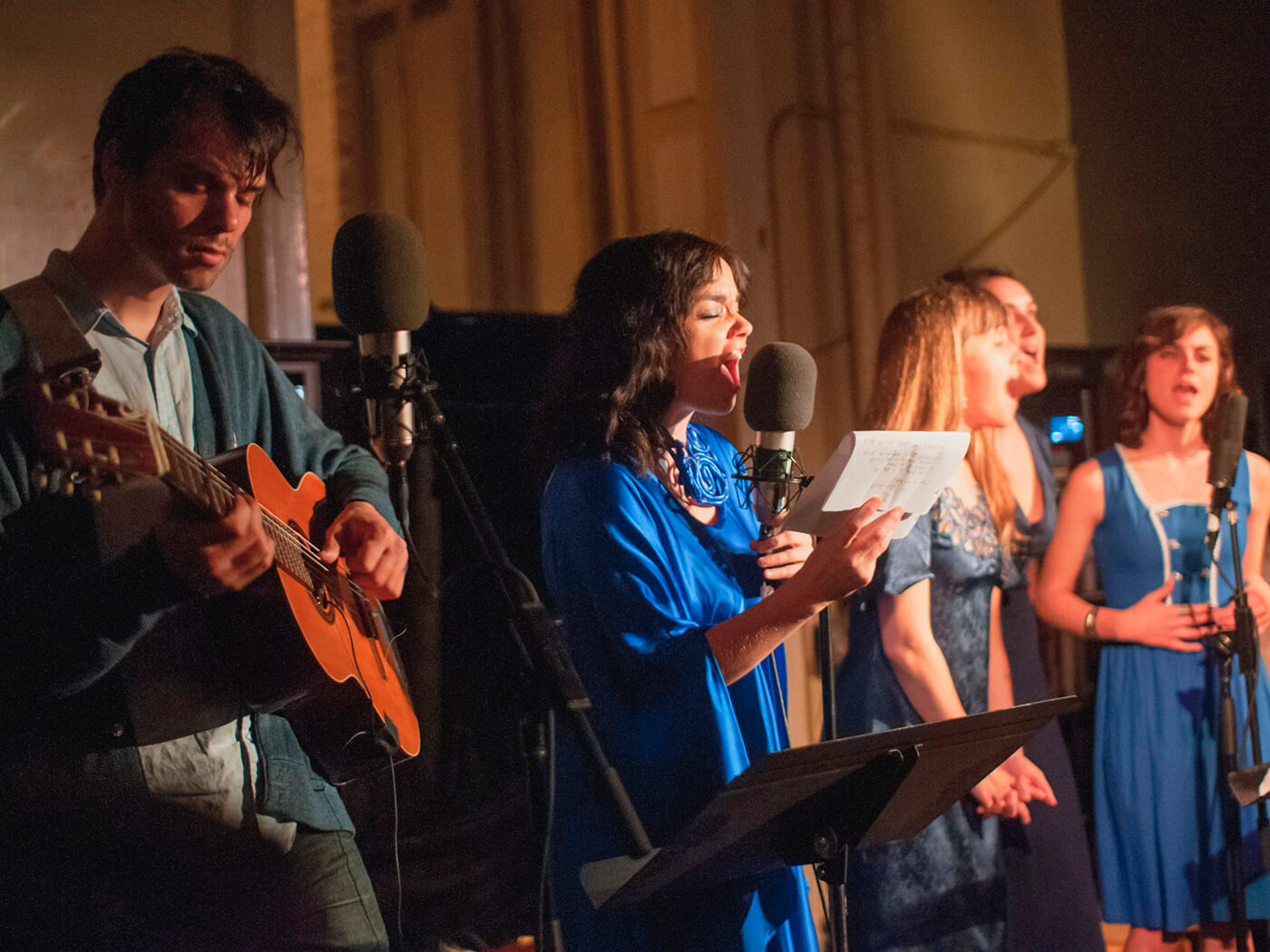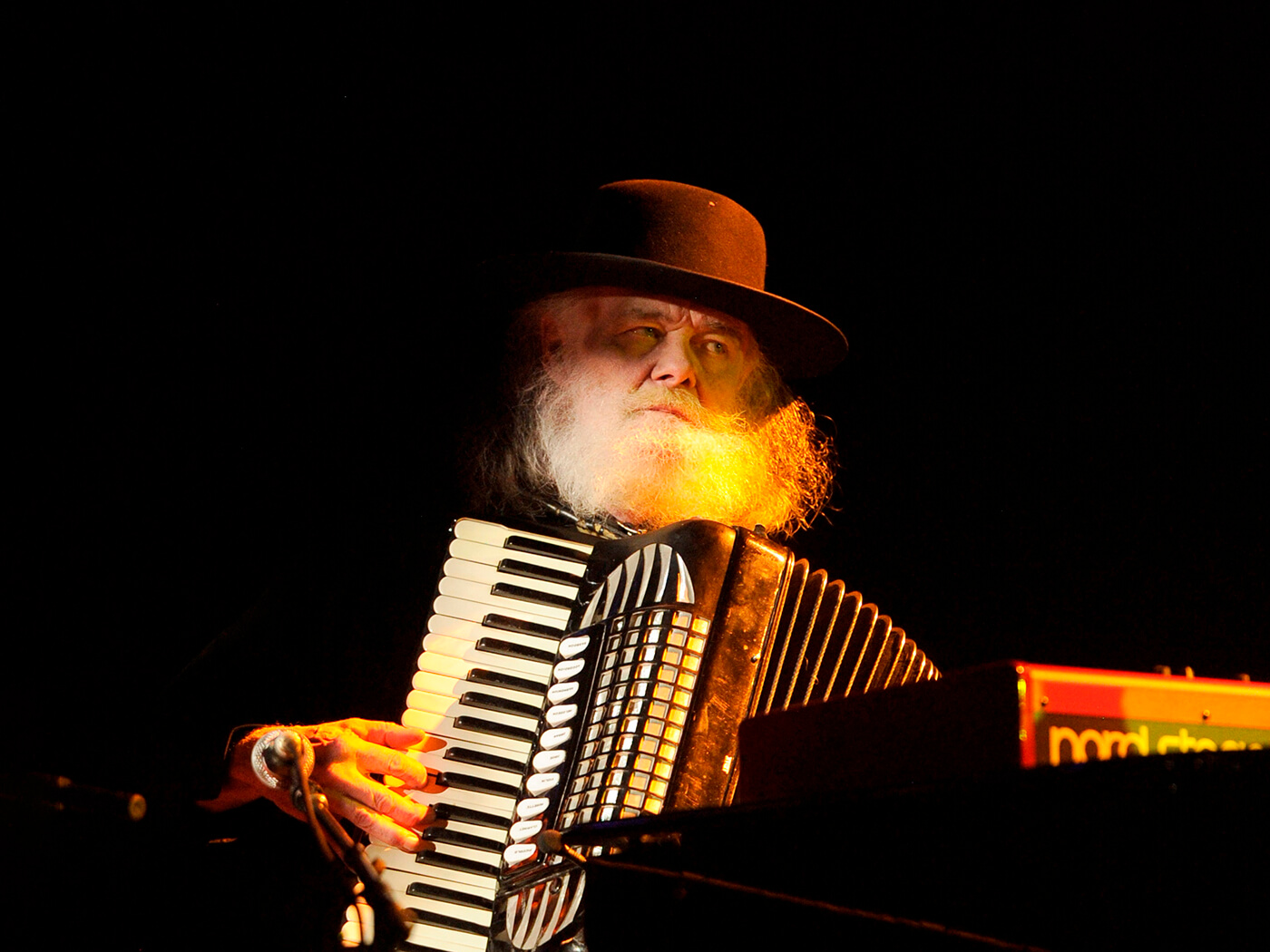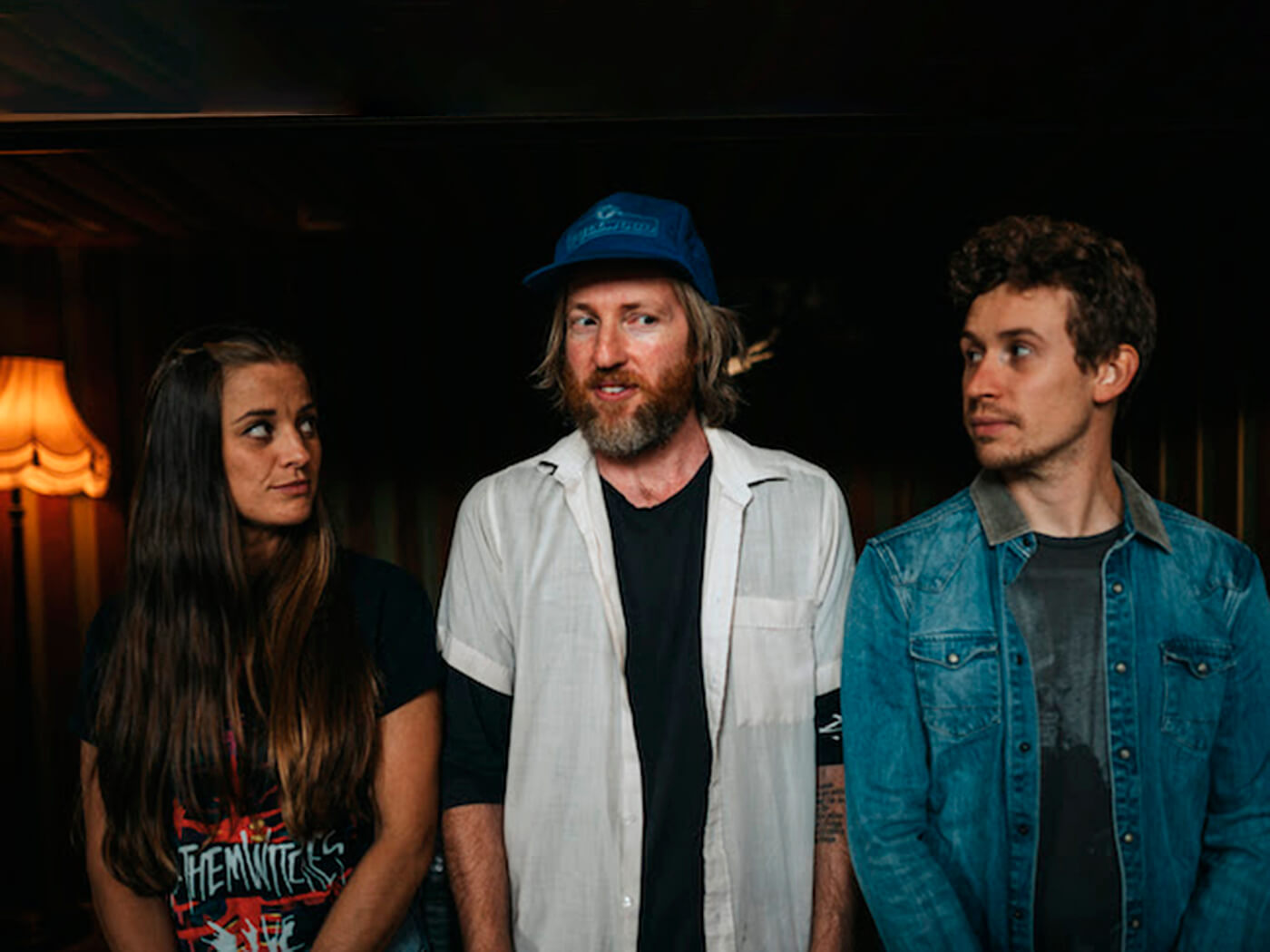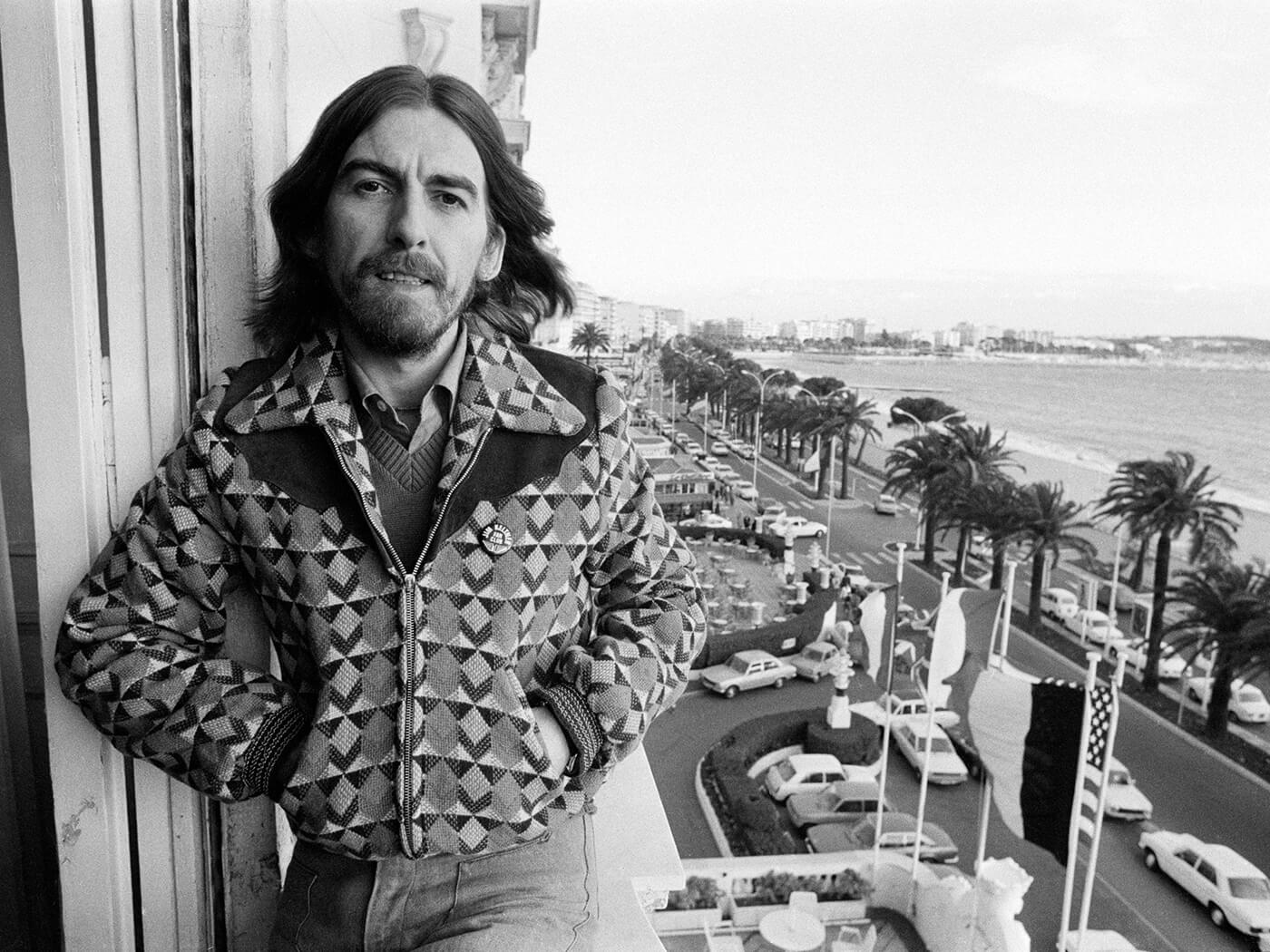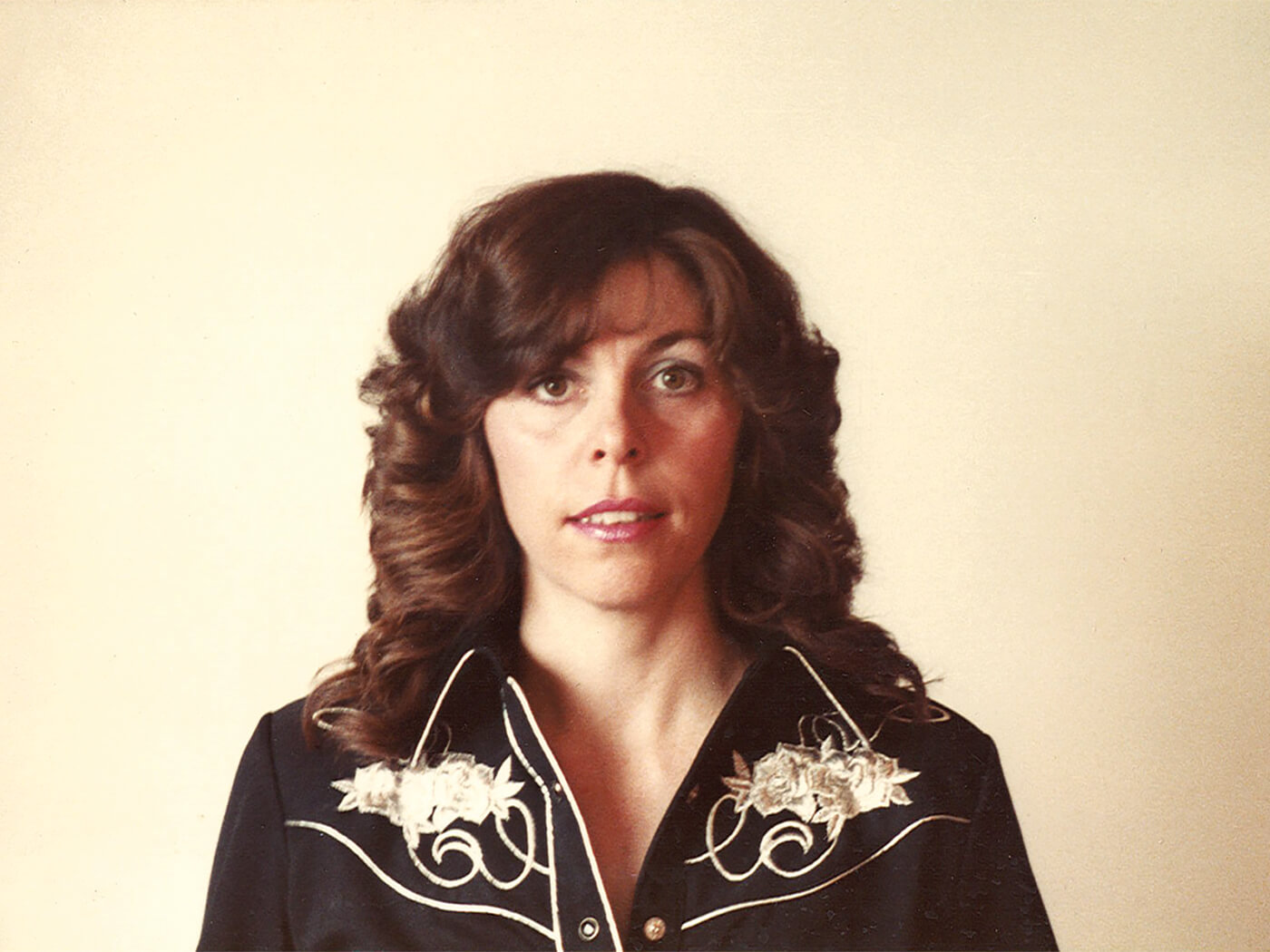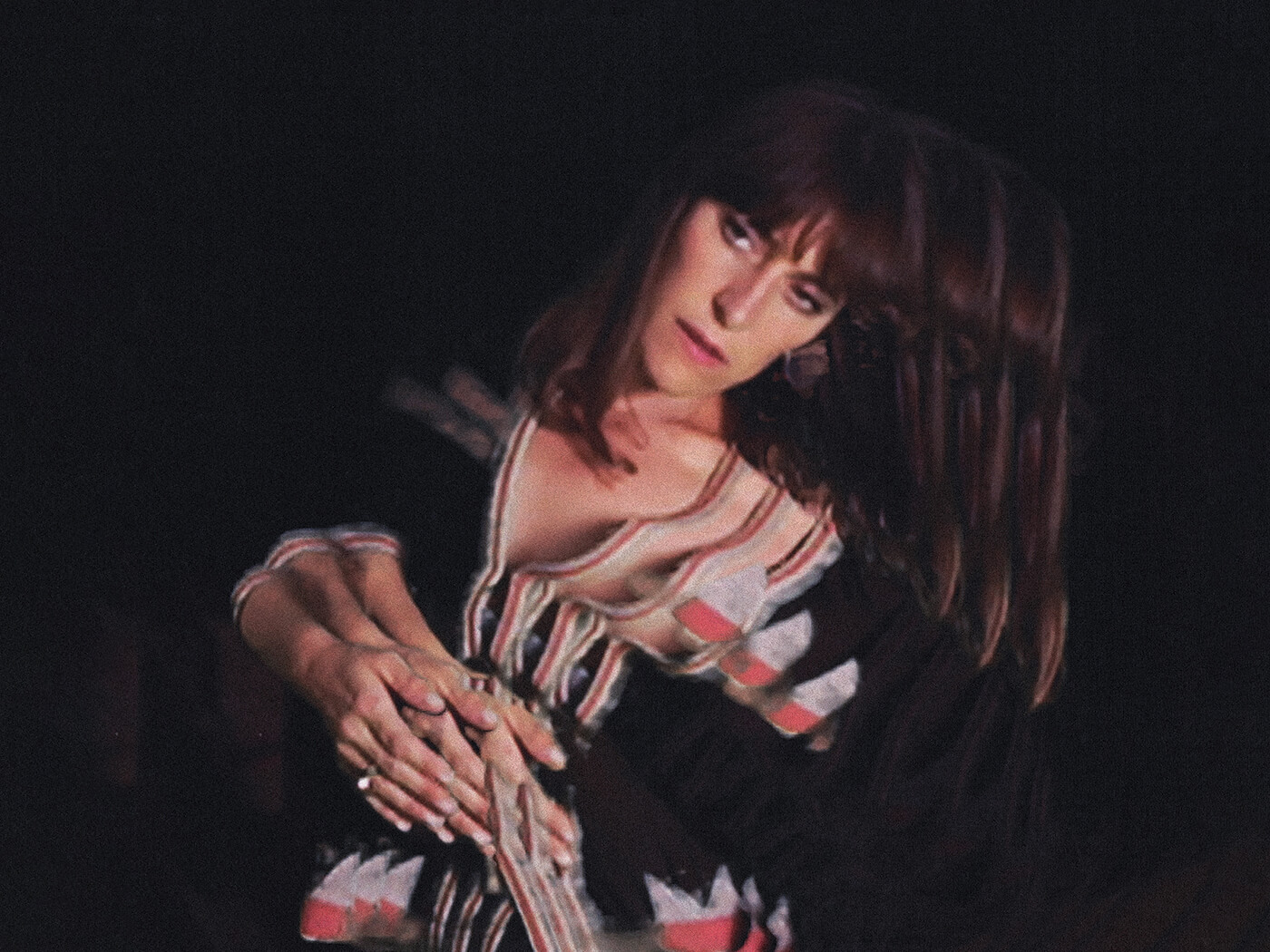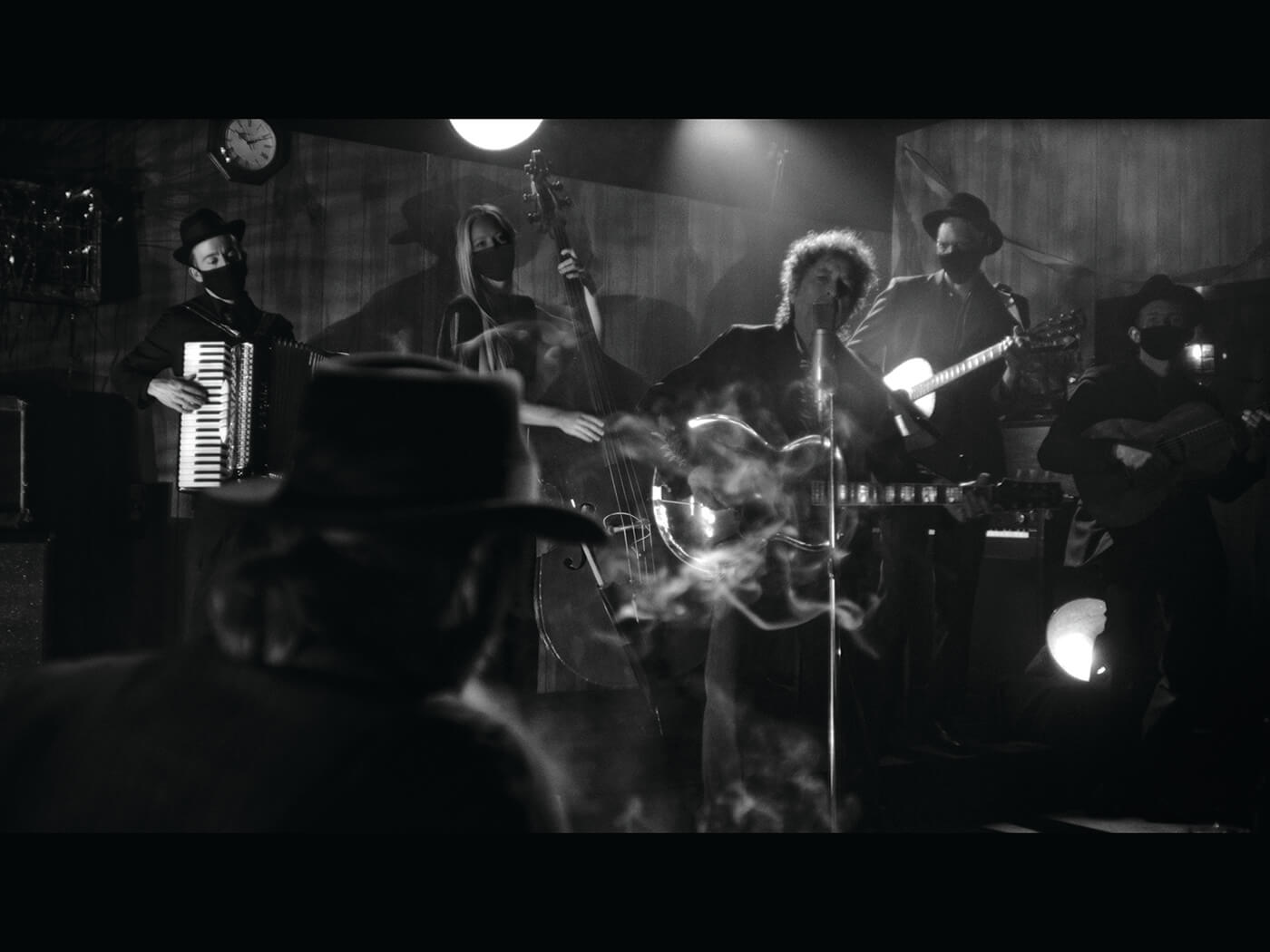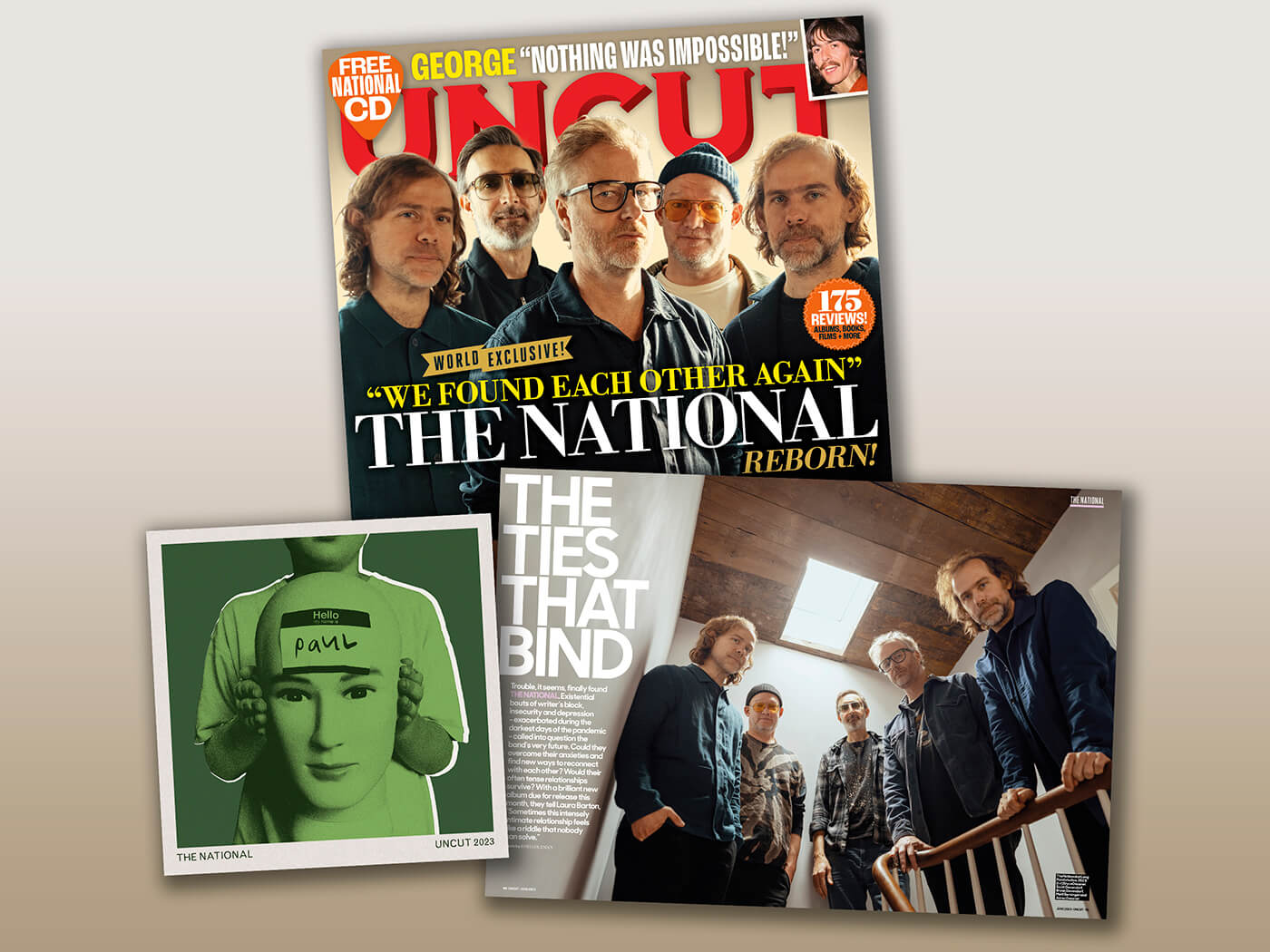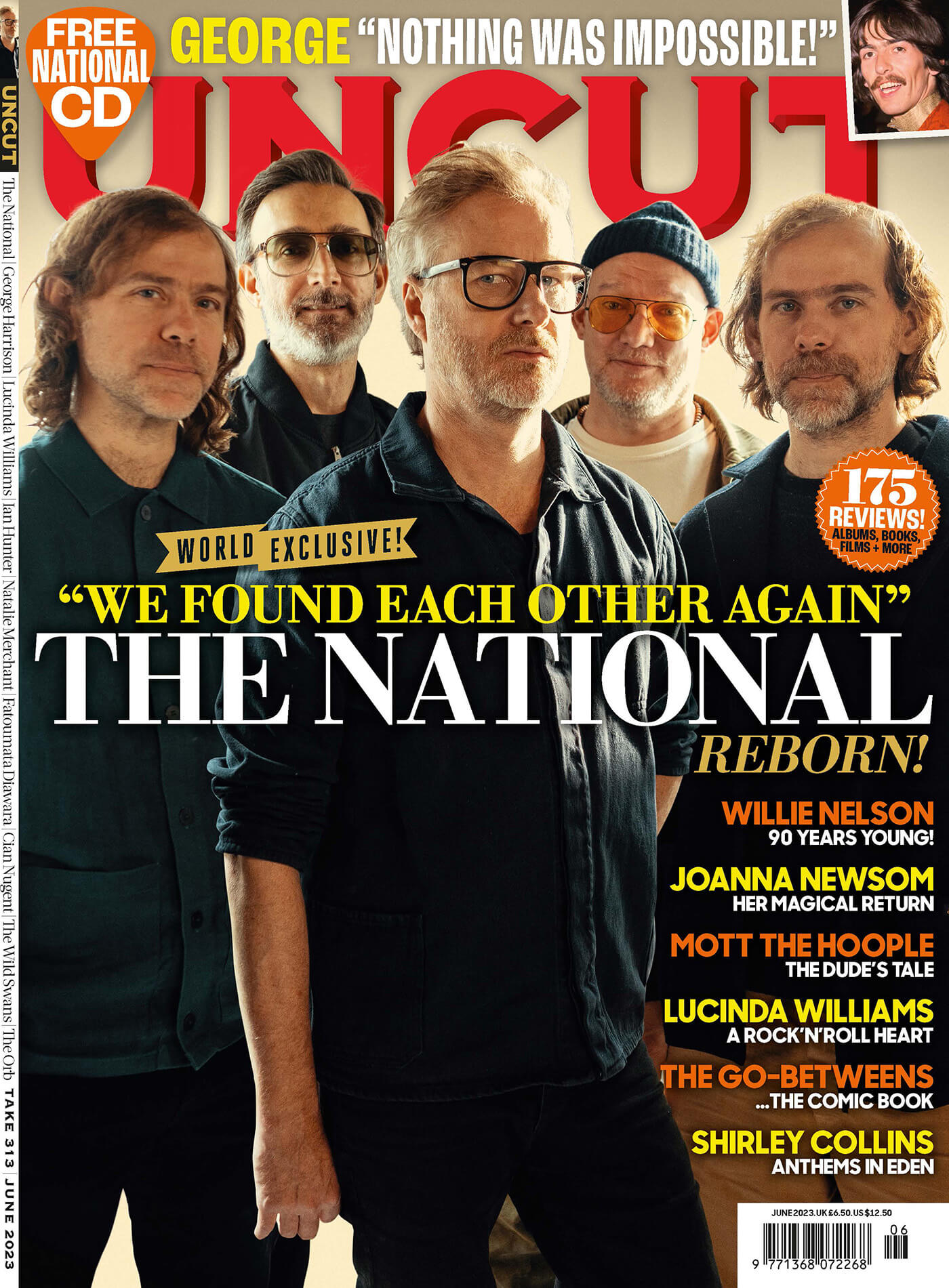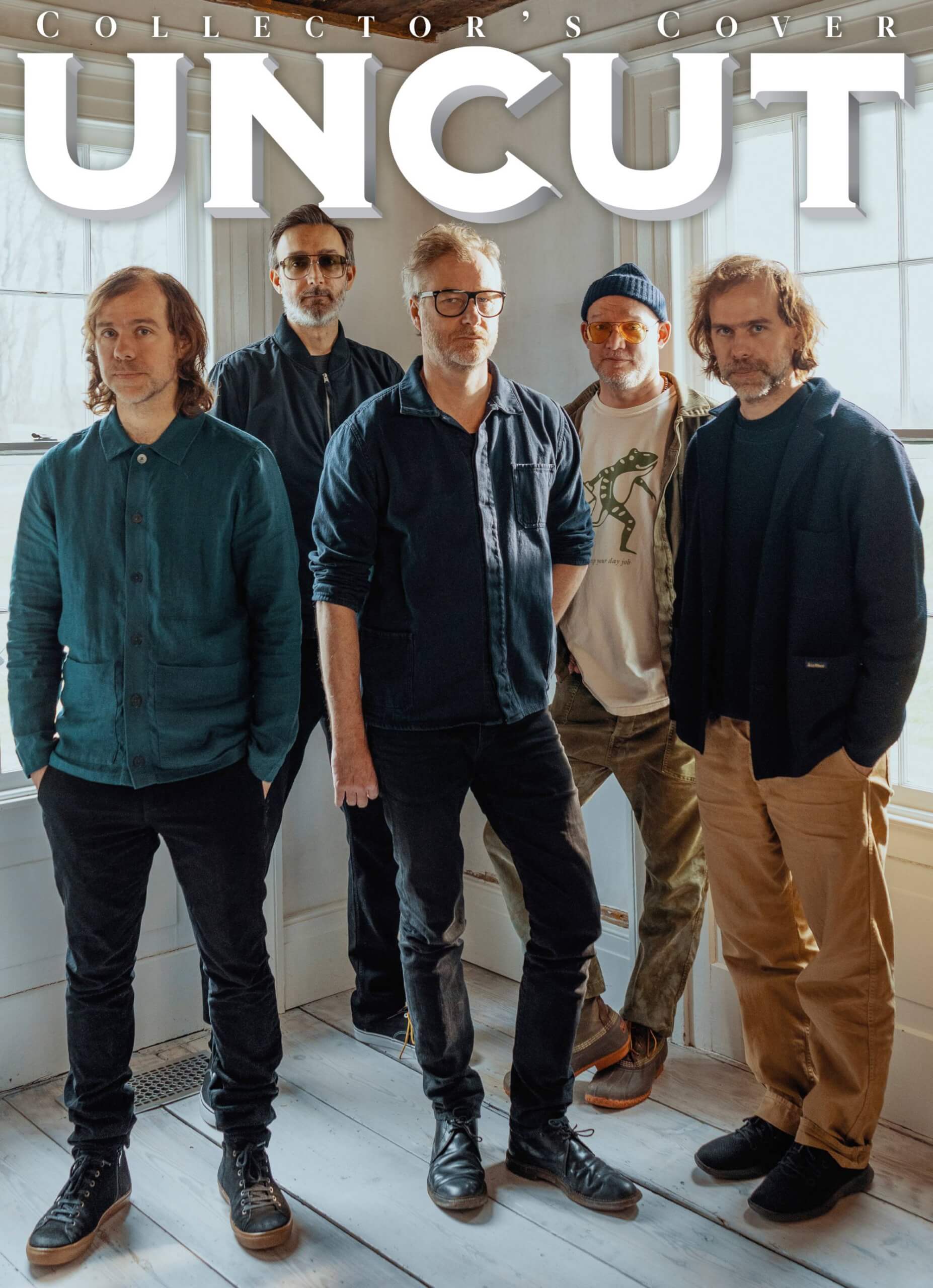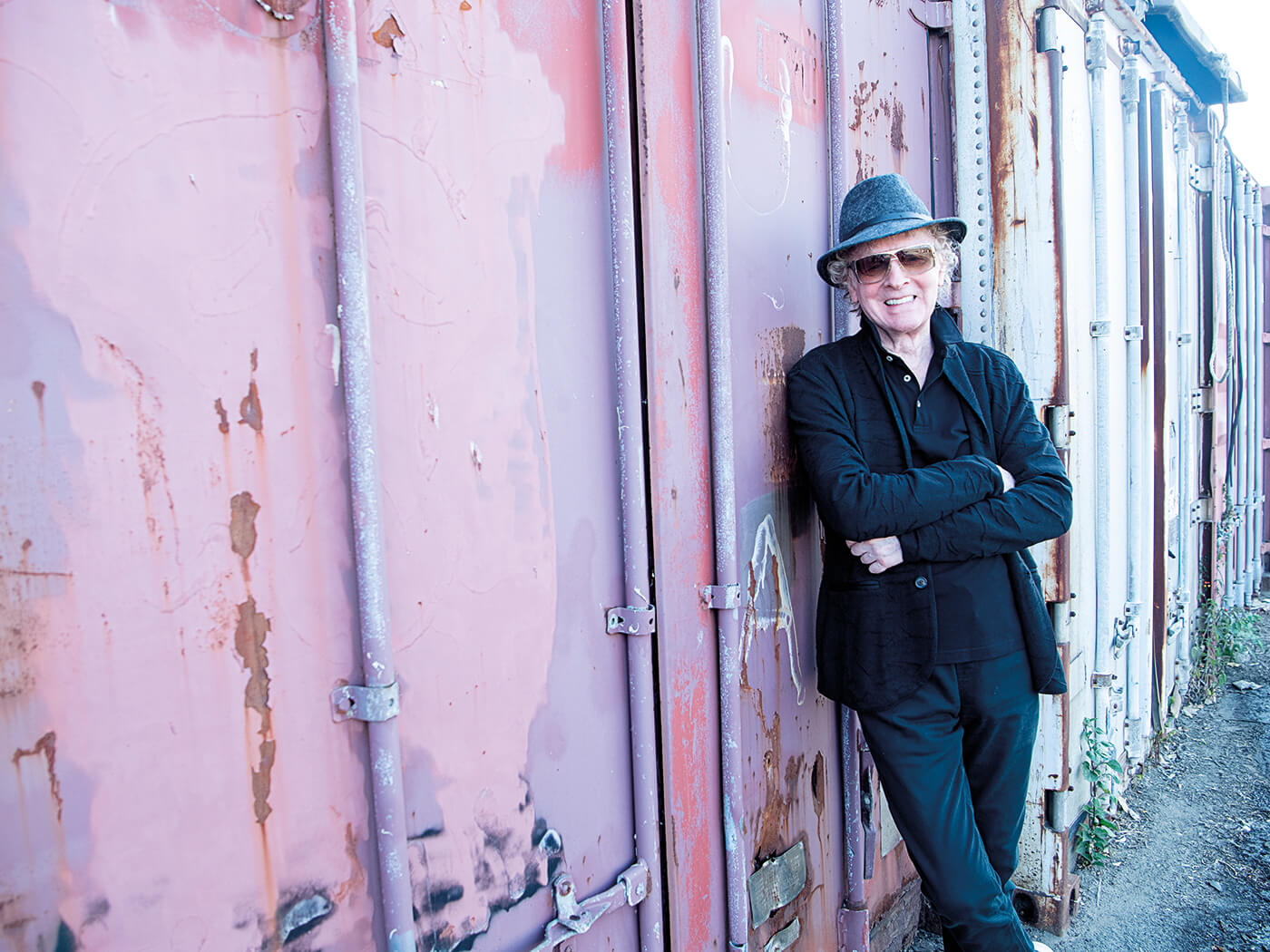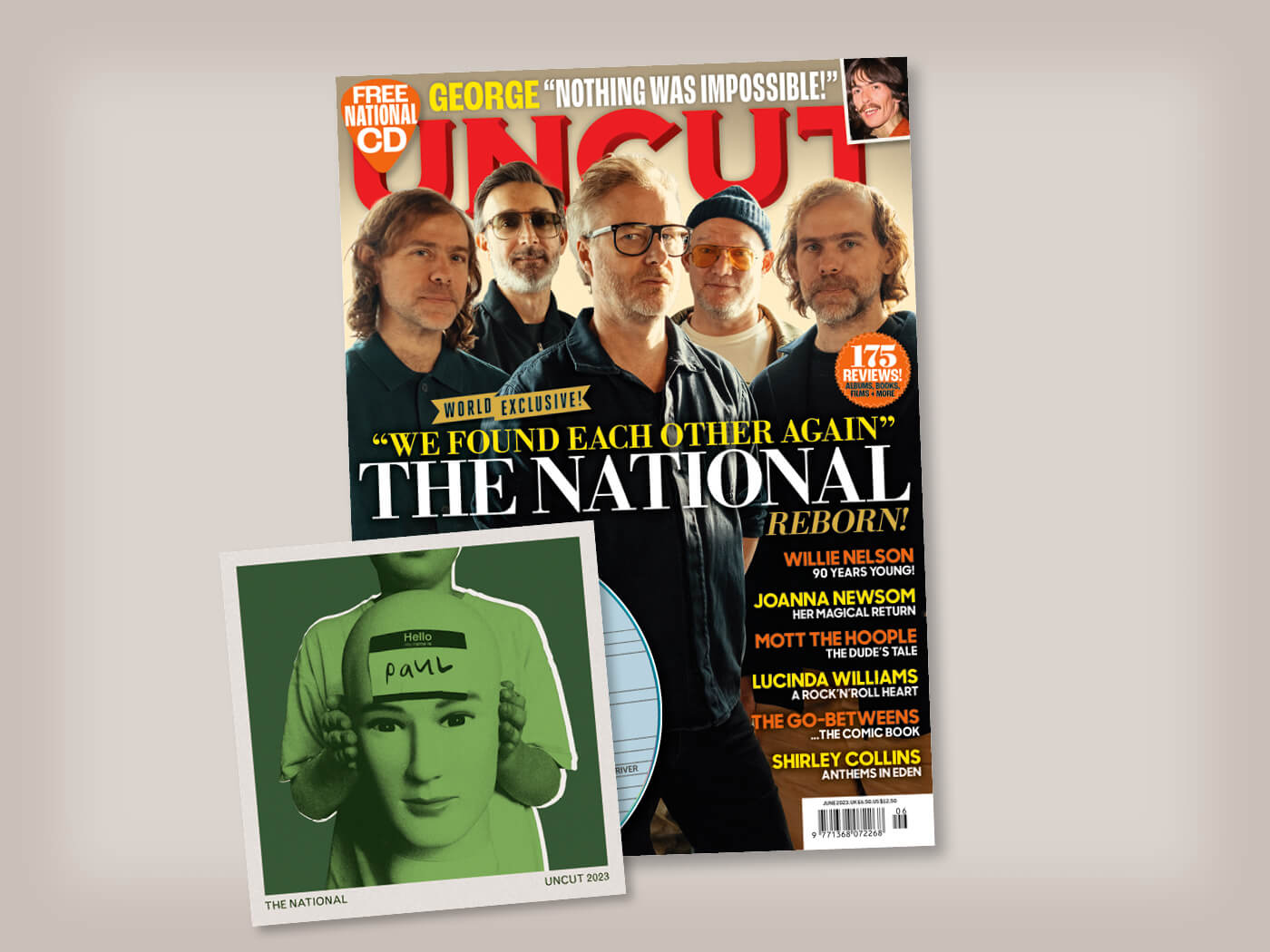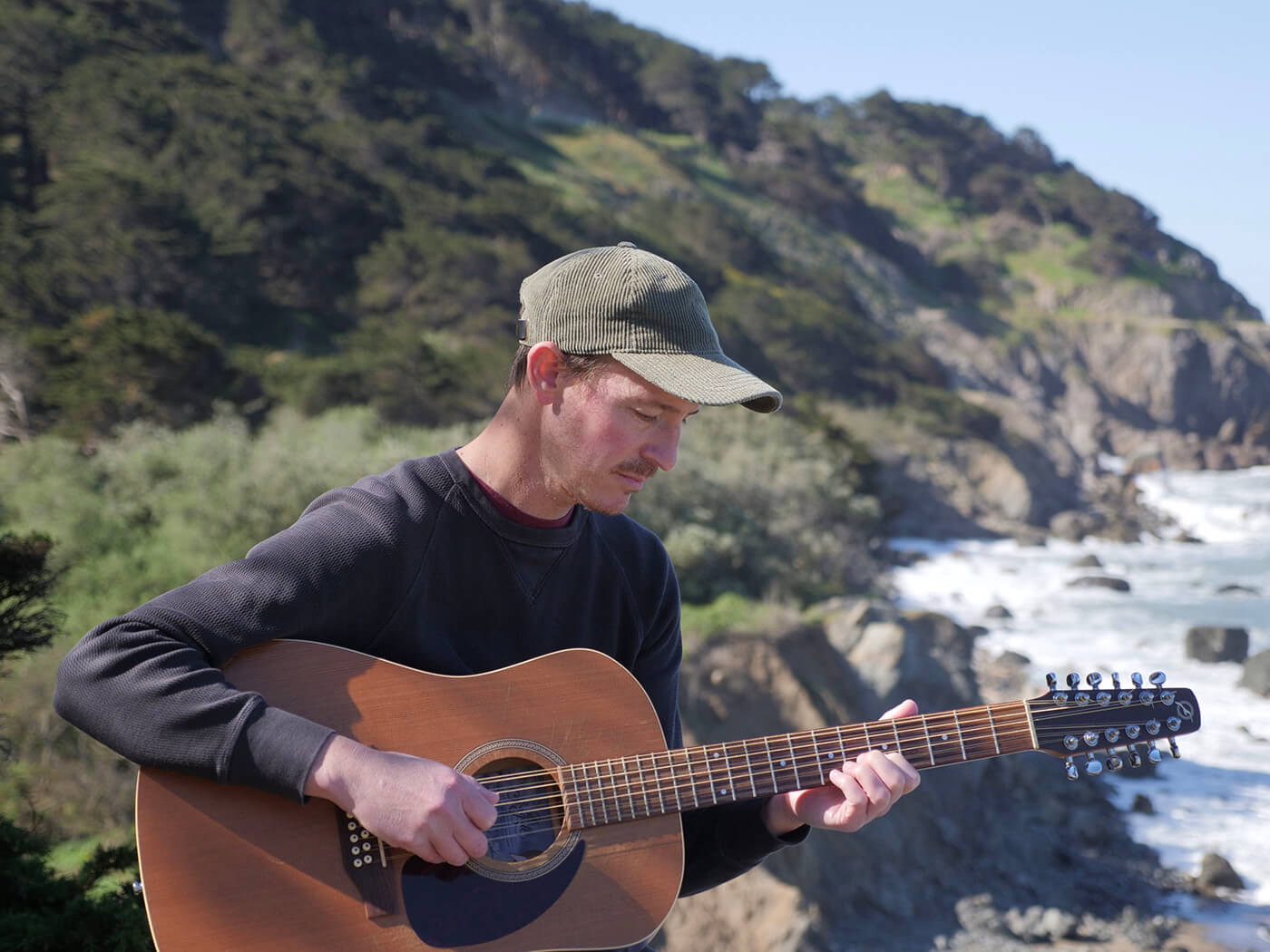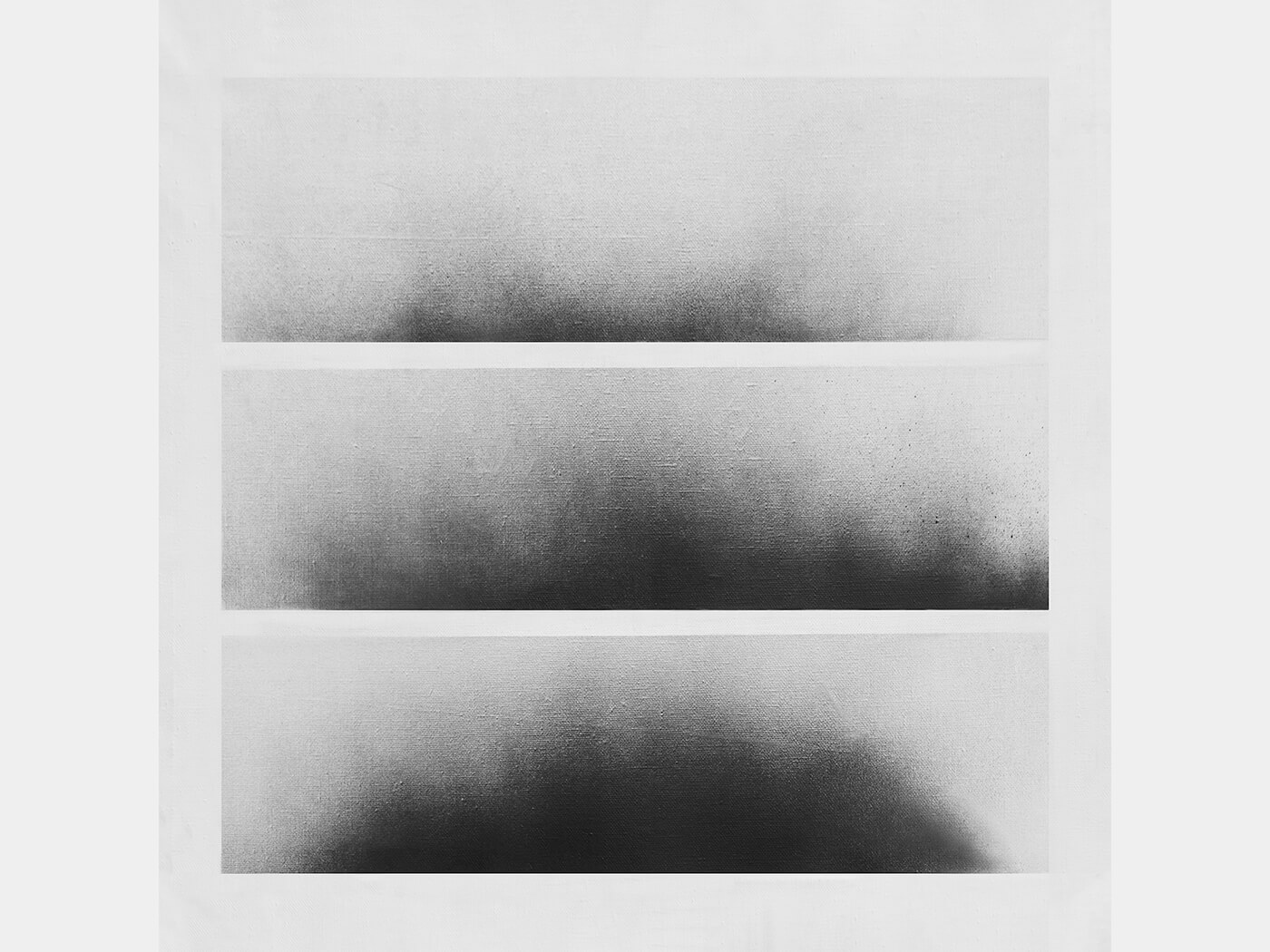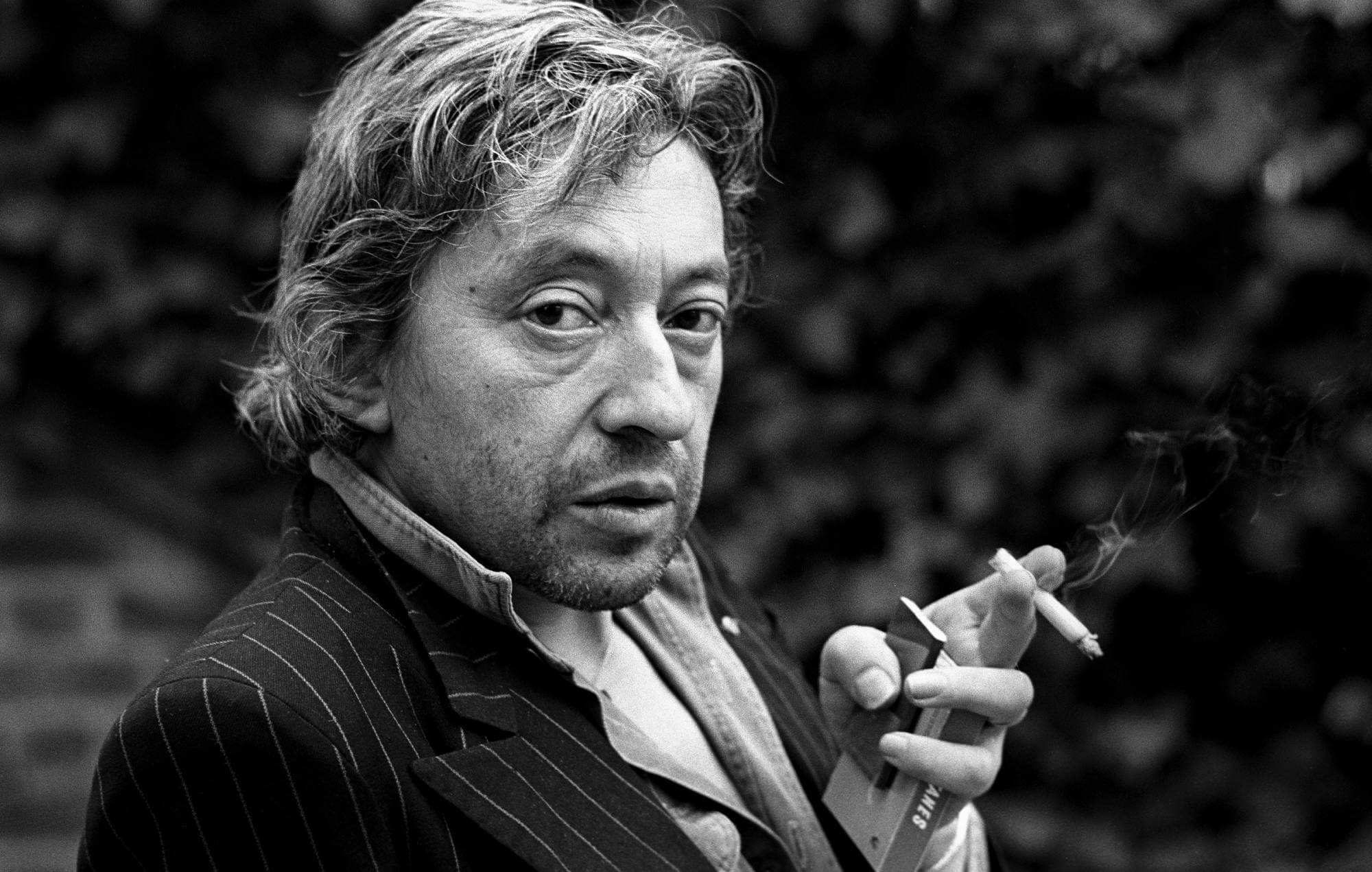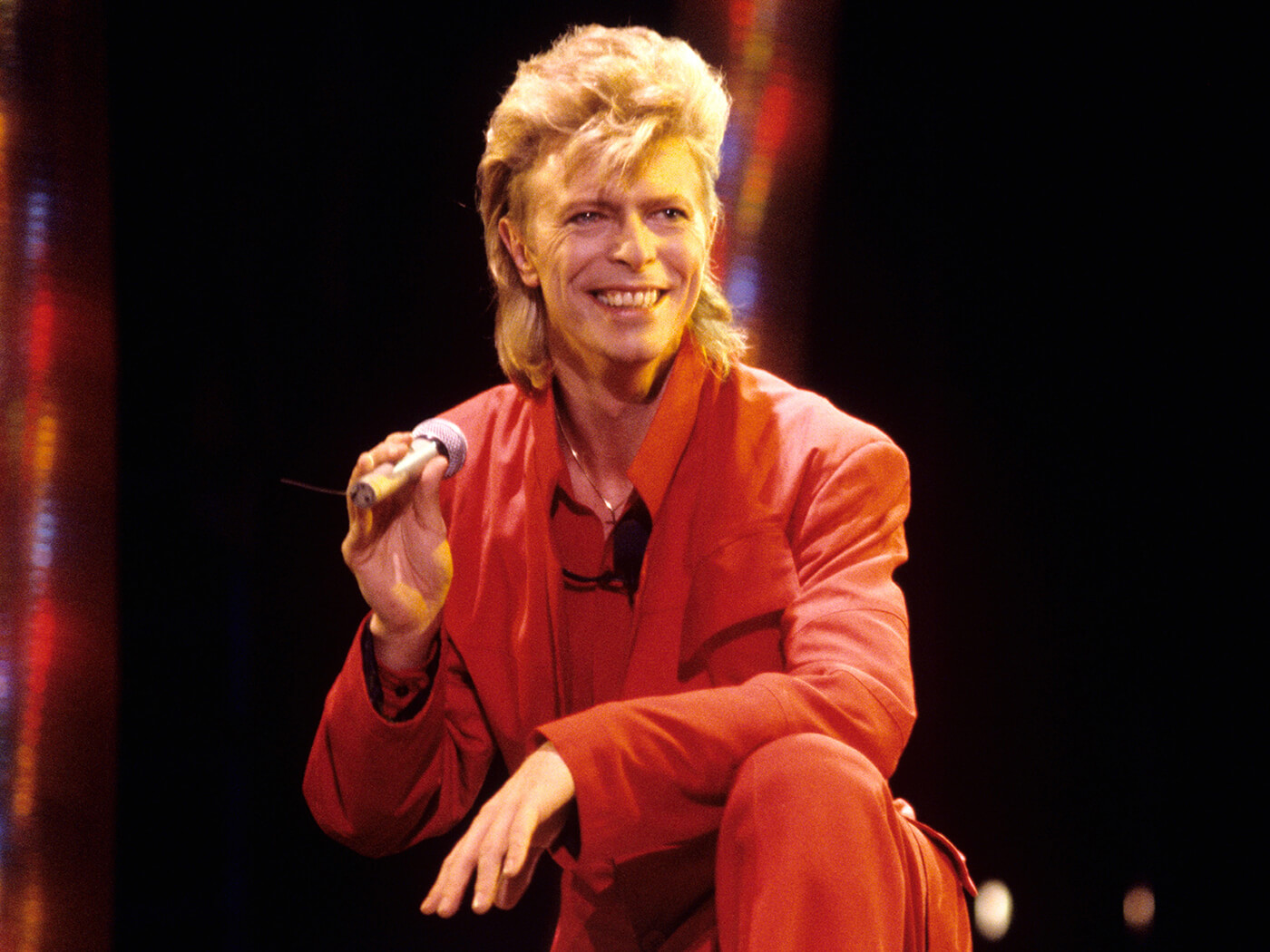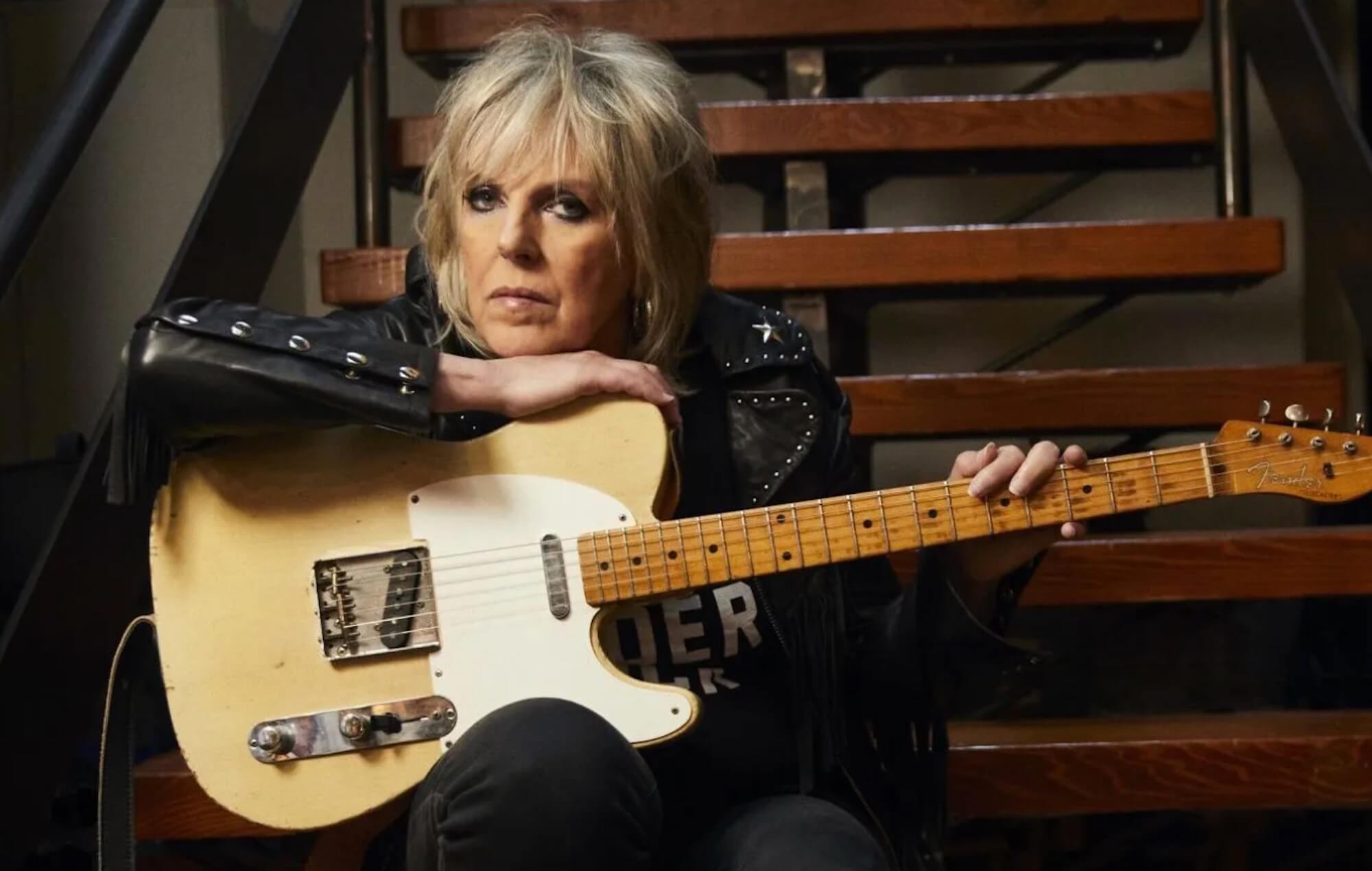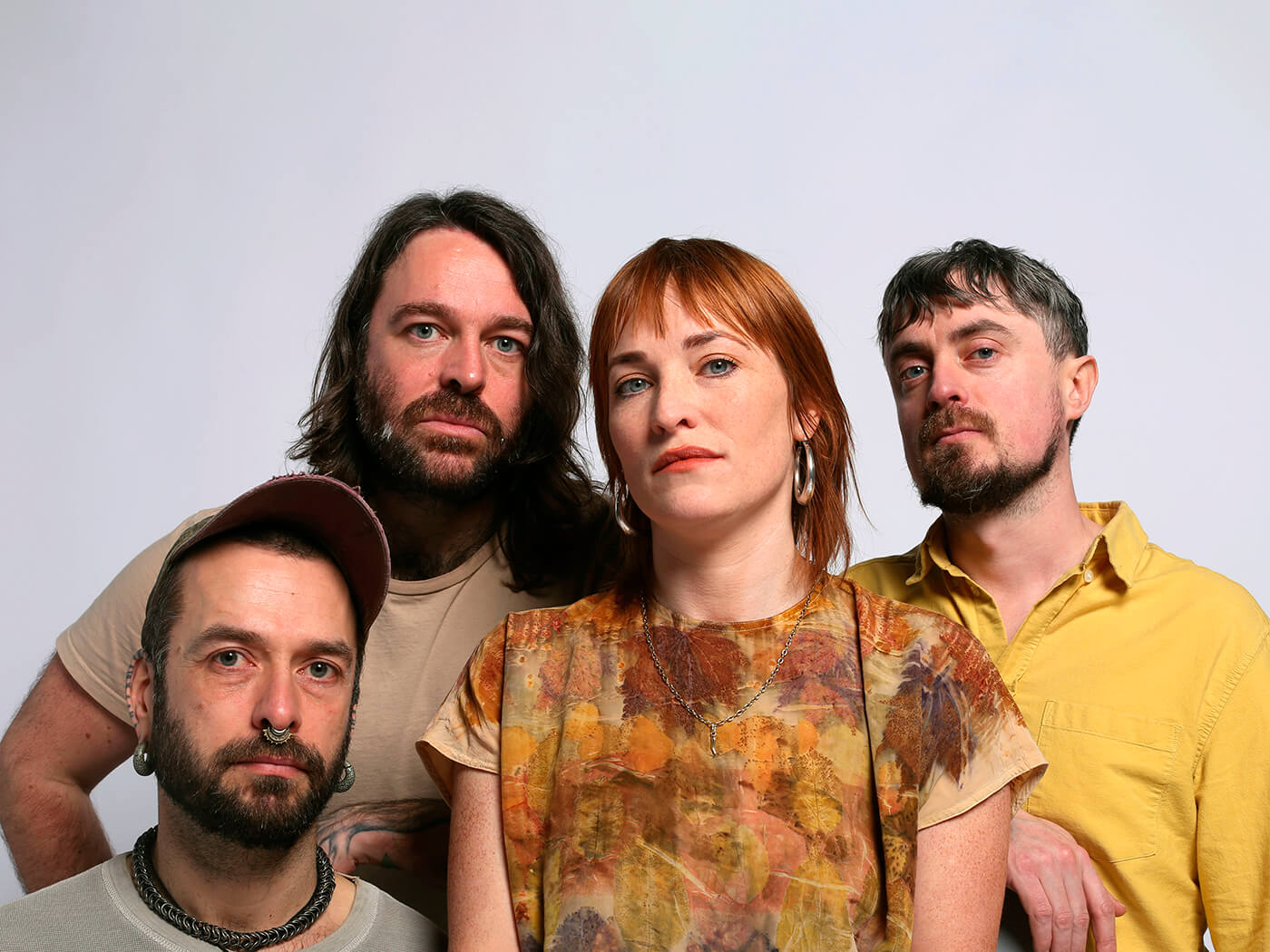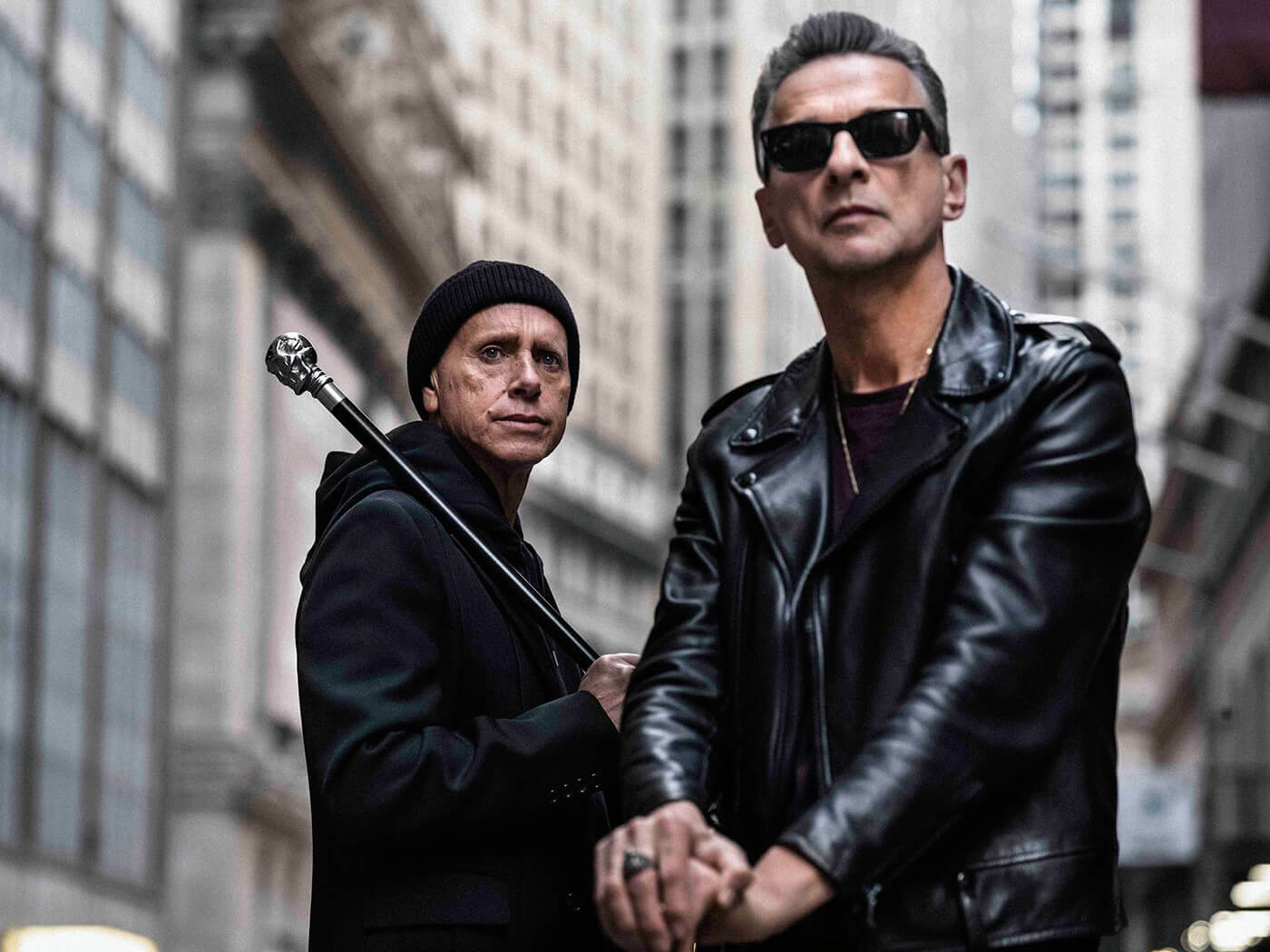Among these little islands to the north-west of the European mainland, the sea has always claimed a large slice of national mythologies. For hundreds of years England has brandished its thalassic geography as a treatise of power: the scepter’d isle that never never shall be enslaved.
But as England now cheerfully hoists itself by its own petard, disrespecting its own maritime coastline by defiling it with its own internal bowel movements, the sea arguably looms even larger in Ireland’s national story. From the arrival of St Patrick over the waves to Cromwell’s invasion across the waters; the waves of 19th-century emigration; arguably the nation’s greatest literary creation named for Ulysses, that seafaring hero; and now the contested ‘border down the Irish Sea’ of the botched Brexit deal.
Thankfully that patch of brine is unlikely to turn out quite as apocalyptically corpse-filled as Gustav Doré’s 19th-century engraving of Dante ferried across the deadly River Styx. The water could be the gateway to a new and better life, especially for their Irish ancestors or for the current generation of desperate asylum seekers, but it can also become a liquid cemetery. Still, as the image this Dublin four-piece have selected for the cover of False Lankum, it does rather establish a tone.
False Lankum is the group’s first since 2019’s The Livelong Day, and by some measure their most ambitious in terms of instrumentation, arrangements and the sheer creation of atmosphere. In the toolbox are bowed banjo, drums, hammered dulcimer, bowed guitar, harmonium, tape loops and drums. It takes quite some skill on a folk record to walk the line convincingly between enticingly supernatural mythos and the sense that it is unmistakably of our own time, that it’s not beached in an idealised version of history. That really would be False, a word particularly pertinent in the context of folk music with its hangups about ‘authenticity’, still often held up as a benchmark of quality and credibility. But those who prize this fool’s gold forget (or remain wilfully ignorant) that folk arises from no single authoritative source; that its development and progress depends on the ones who dare to distort it and play with it, adding elements of the impure and the mongrel. James Joyce had a similar relationship to literary tradition, and it’s entirely appropriate that the band overnighted during the recording of this album in a Martello Tower in Sandycove near the one featured in Ulysses.
Lankum enjoy a satisfyingly polyglot existence – a band equally at home soundtracking a fashion show by Simone Rocha and perpetrating ritual anti-colonialist drones at Westminster Hall. Named after one of the grisliest, most bloodspattered songs in the English folk canon, Lankum are fully aware of the traditions they pilfer. Of 12 tracks on this curated collection, there are three extracts from a single improvisation, two originals and seven folk songs, whose provenance is documented in the sleevenotes with the dedication of their forerunners in the folk scene of the late ’50s and 1960s. Their stories remind you how precarious and serendipitous is the handful of songs we call the ‘canon’.
False Lankum is soaked in the sea, though by no means oceanic. The soundworld is more cabined than that, gloriously cribbed and confined. The sea is one of many acknowledged folk routes, conduits by which songs and their messages are transported from place to place, handed on from culture to culture. “Go Dig My Grave”, a collage of floating verses from across the ages, began as part of an English 17th-century songbook by Robert Johnson (not that one), was taken up by Jean Ritchie in the 1960s on her wonderful live LP with Doc Watson, and has been revived more recently by Norway’s Susanna. It’s a dark clod, the way Lankum shovel it. Draped across the song is an electronic high-pitched drone, irritating to the ear, like something Scott Walker might have arranged, a supernatural caul or shroud. Keening fiddle, caterwauling with dead souls. Every beat heavy as a marble slab crashing on a hole in the ground. A comatose funereal march with a coda full of whispers from the other side, the rumour mill of dead souls. It’s a hell of an opening track.
Lankum’s current group sound serves the idea of a modern folk music extremely well. Instead of privileging individual voices, they sound like more than the effort of a collective of humans – a kind of ancient dramatic chorus, submerging lone voices into the mass. They tell of stowaways detected by supernatural means in “New York Trader” and display delicacy in “On A Monday Morning” and the Child ballad “Lord Abore And Mary Flynn”, with its glorious restrained strings.
If this album has a visible sound world it is black wet leaf mulch on the forest floor, and the green shoots rising from out of it. There are, we’re told, sensual and angry techniques buried in the midriff of this album where instruments were subjected to subtle acts of violence, horsehair snapped, stroked across piano wires. But all of this is stirred deep within the record’s churning well, not left hanging to demonstrate avant-gardiness for its own sake.
However, the songs’ gaps have interesting little traces, dusty skitters, sound flakes. On the two originals (written by Daragh Lynch), “Netta Perseus” and “The Turn”, voices double across the octave, which always creates an unsettling sense that the song is being shadowed by some presence burrowing underground. “The Turn” begins like a lost tune from Floyd’s Wish You Were Here but flourishes over 13 minutes into a leaping throb of joy that shakes a defiant, heart-pumping fist at Death itself, and bows out on a garbled rush of noise recalling the notorious feedback interval in My Bloody Valentine’s “You Made Me Realise”.
Anyone dealing with folk music in the 21st century is working with salvage, with flotsam and jetsam from ages gone. Lankum have found a convincing way to keep the damn hulk going, stoking the engines of folk tradition and setting course to who knows when.


